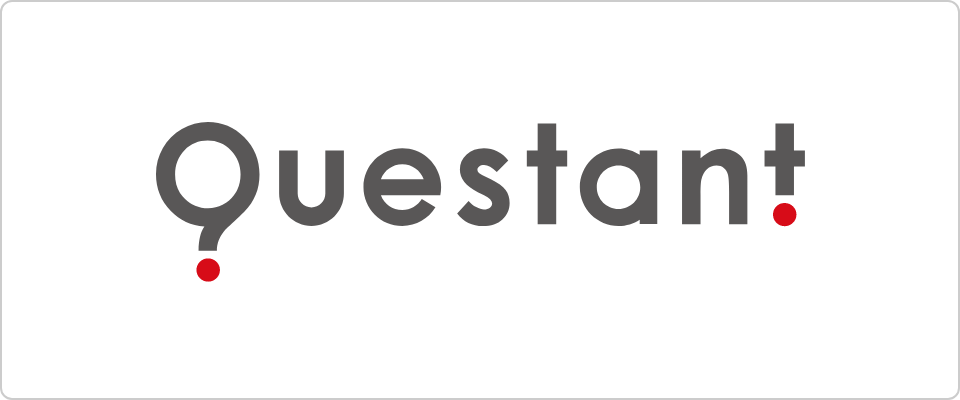Research can make the world better place

Goodmill is a social contribution program we have carried out since 2018, based on our belief that we can use research to make the world a better place. As part of our CSR strategy, we are engaging in a variety of initiatives, including research support for NPOs and other non-profit organizations, as well as volunteer activities and other efforts.
Support Examples
Special free plans offers for “Questant” and “Mill Talk”
With the self-service research services Macromill offers, “Questant” and “Mill Talk,” users can quickly visualize issues and test out hypotheses.
Services offered

Idea collection tool “Mill Talk”
- CSV downloads twice a year (including features equivalent to the 100 displays below)
- Display from 31 to 100 items four times a year
Eligible organizations
Specified Non-profit Organization (NPO), Certified Specified Non-profit Organization (Certified NPO)
Examples of organizations that use the system (extract from a list)

Picture book campaign
We are taking part in a campaign to deliver picture books sponsored by the Shanti Volunteer Association. We helped with volunteer activities to create and deliver picture books using stickers translated into local languages to children in Southeast Asia.
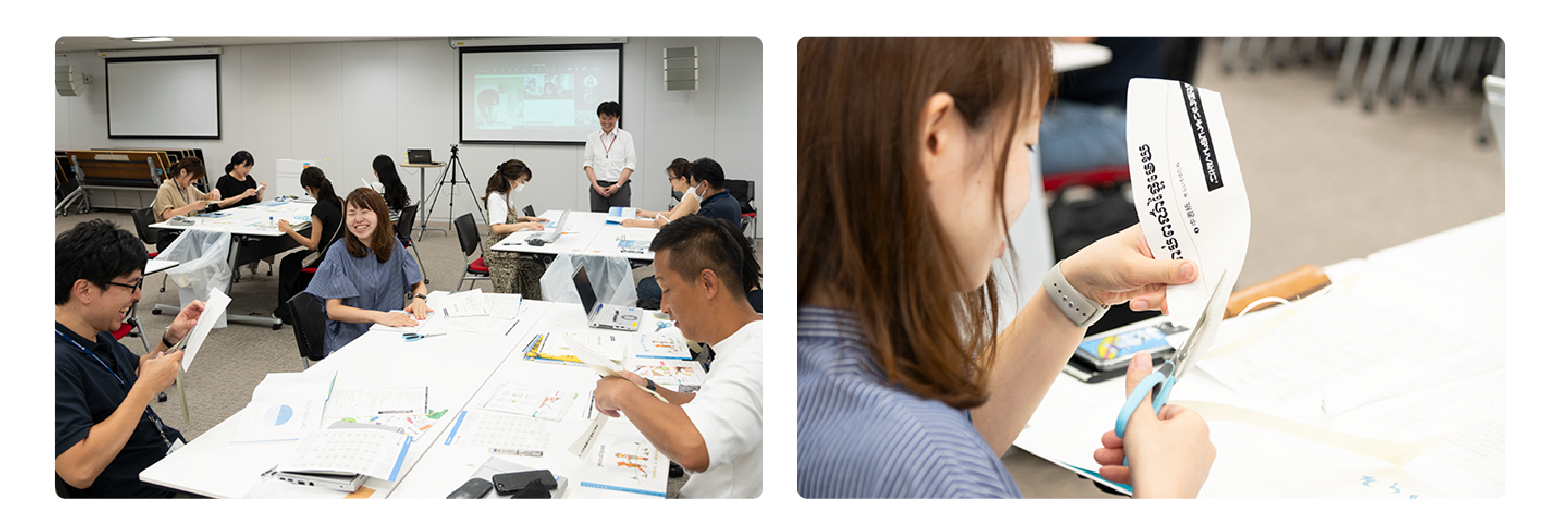
School Visits
We provide school visits for upper elementary to high school students to teach the basics of marketing research in an easy-to-understand way.
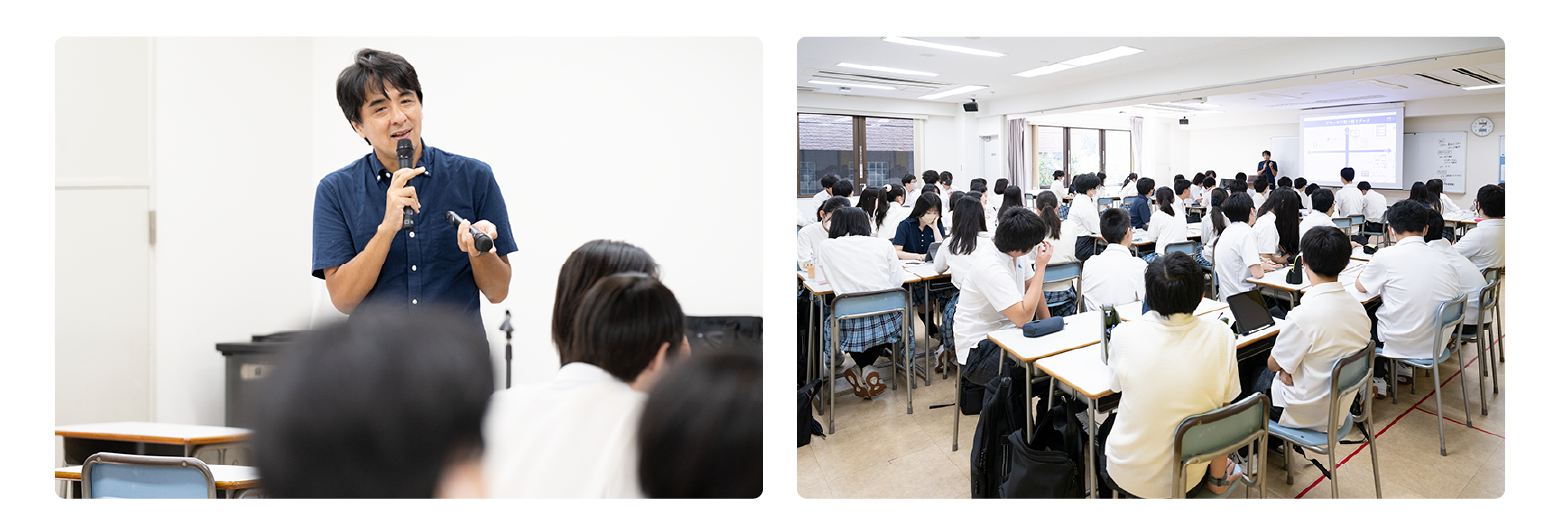
Research support activities for NPOs
Macromill acts to support the efforts of NPOs to identify and resolve issues facing the communities they serve. We conduct fact-finding surveys on social issues in collaboration with the NPOs and outside organizations, harnessing our research know-how, research techniques, solutions, and other resources, which allows us to quantitatively visualize and verify the day-to-day issues felt in the communities.
Sample of survey reports provided
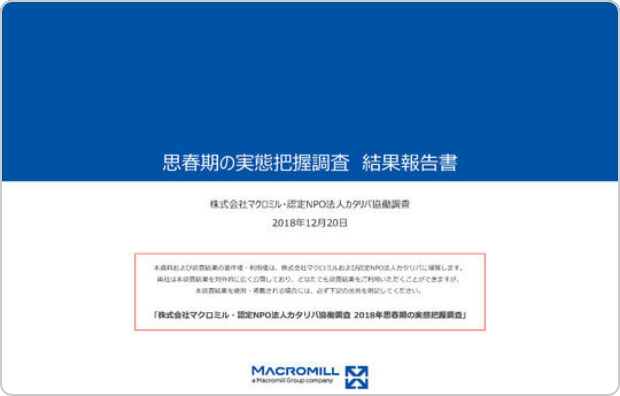
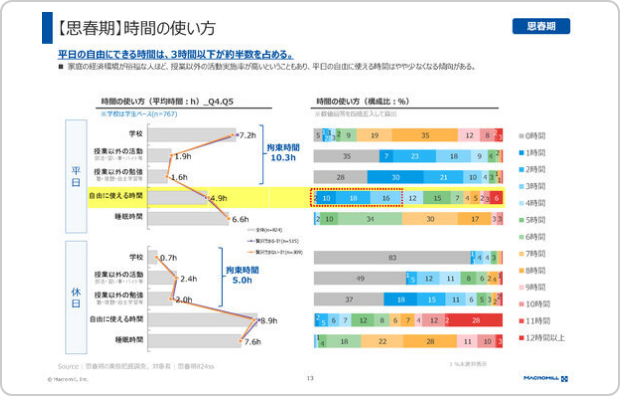
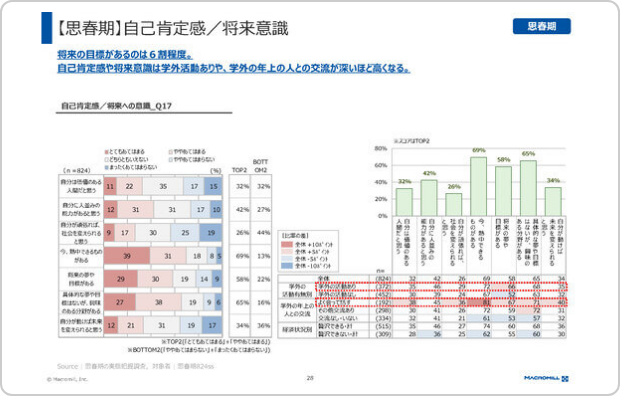
 Sustainability
Sustainability
